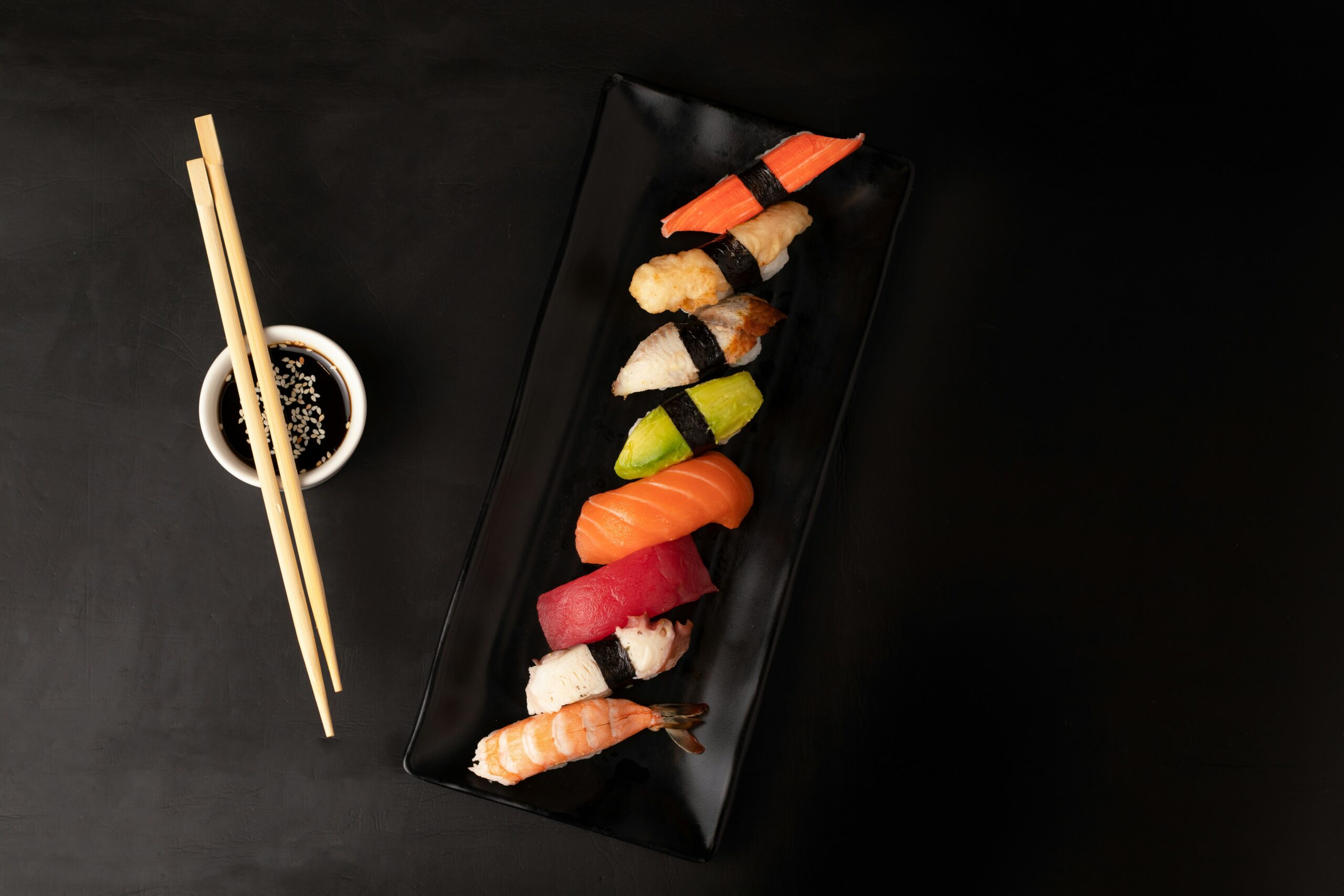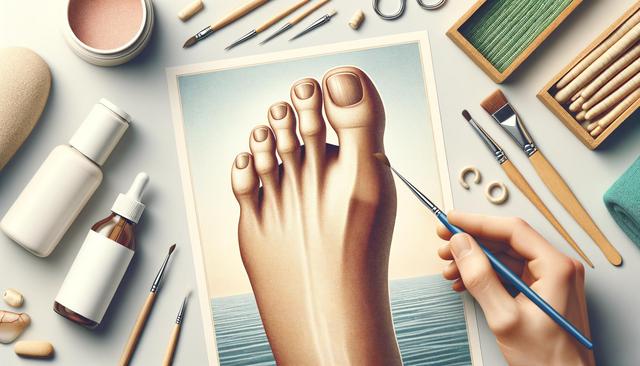What Are Toe Corns?
Toe corns are areas of thickened skin that develop due to repeated friction or pressure, typically forming on the tops, sides, or between the toes. Unlike calluses, which are generally larger and form on the soles, corns are smaller, have a hard center, and can be quite painful. They usually appear in response to pressure from ill-fitting shoes or abnormal toe movements.
There are three main types of corns:
- Hard corns: Found on the tops of toes, especially over joints, and are dense and firm.
- Soft corns: Develop between toes, often moist and rubbery due to sweat.
- Seed corns: Smaller corns that appear on the bottom of the feet and may feel like stepping on a small pebble.
Toe corns are more common in individuals who wear tight shoes, high heels, or shoes without adequate cushioning. Structural foot problems, such as bunions or hammertoes, can also contribute to their formation.
Common Causes and Risk Factors
The primary cause of toe corns is friction and pressure. Several contributing factors can increase the risk of developing corns:
- Wearing shoes that are too tight, too narrow, or have high heels
- Walking or running for extended periods without proper footwear
- Deformities of the toes like hammertoes or claw toes
- Lack of socks or wearing socks that do not fit well
- Abnormal gait or walking patterns
Understanding these risk factors is essential for both preventing and treating toe corns. People with diabetes or poor circulation are particularly at risk, as they may not feel pain from corns and could develop infections if left untreated.
Recognizing Symptoms and Diagnosis
The symptoms of toe corns can vary depending on their size and location, but common signs include:
- A small, round area of thickened skin
- Pain or tenderness under the skin
- Discomfort when wearing shoes
- Dry, waxy, or flaky skin over the affected area
In more severe cases, the corn can become inflamed or infected, leading to additional symptoms like redness, swelling, or pus. A proper diagnosis usually involves a physical examination by a healthcare provider, who can distinguish corns from other foot conditions like warts or calluses. In some cases, X-rays may be used to check for underlying bone structure issues contributing to the problem.
Treatment Options for Toe Corns
Treating toe corns typically involves relieving the pressure that caused them. Some of the most common treatment options include:
- Footwear adjustment: Wearing shoes with a wider toe box and adequate cushioning
- Protective pads: Using non-medicated corn pads or toe separators to reduce pressure
- Soaking and exfoliation: Soaking feet in warm water and gently filing the corn with a pumice stone
- Moisturizing: Applying a cream to keep the skin soft and prevent recurrence
For stubborn or painful corns, a healthcare provider may recommend trimming the thickened skin or using prescription treatments. In some cases, surgery may be considered to correct underlying structural issues, especially if deformities like hammertoes contribute to repeated corn formation.
Prevention Tips and Home Care
Preventing toe corns largely comes down to reducing friction and pressure on the toes. Here are a few strategies to help avoid future problems:
- Wear well-fitted shoes with enough toe space and cushioning
- Use socks that stay in place and provide padding
- Inspect feet regularly for signs of friction or pressure
- Use orthotic inserts for better foot support and alignment
- Keep feet clean and moisturized to maintain skin health
At-home care is important even after a corn has been treated to prevent recurrence. Regular foot soaks, gentle exfoliation, and moisturizing can help maintain healthy skin. Individuals with chronic foot conditions or diabetes should consult a podiatrist regularly to manage foot health safely.
Conclusion: Staying Comfortable and Corn-Free
Toe corns can be a painful and frustrating condition, but with the right knowledge and care, they are manageable. By understanding the causes, recognizing the symptoms early, and taking steps to reduce pressure on the toes, individuals can prevent corns from forming or worsening. Whether through better footwear choices, consistent foot care routines, or professional treatment when needed, staying proactive is key to long-term foot comfort and health. If you experience persistent or painful corns, seeking advice from a healthcare provider ensures appropriate and effective care.












